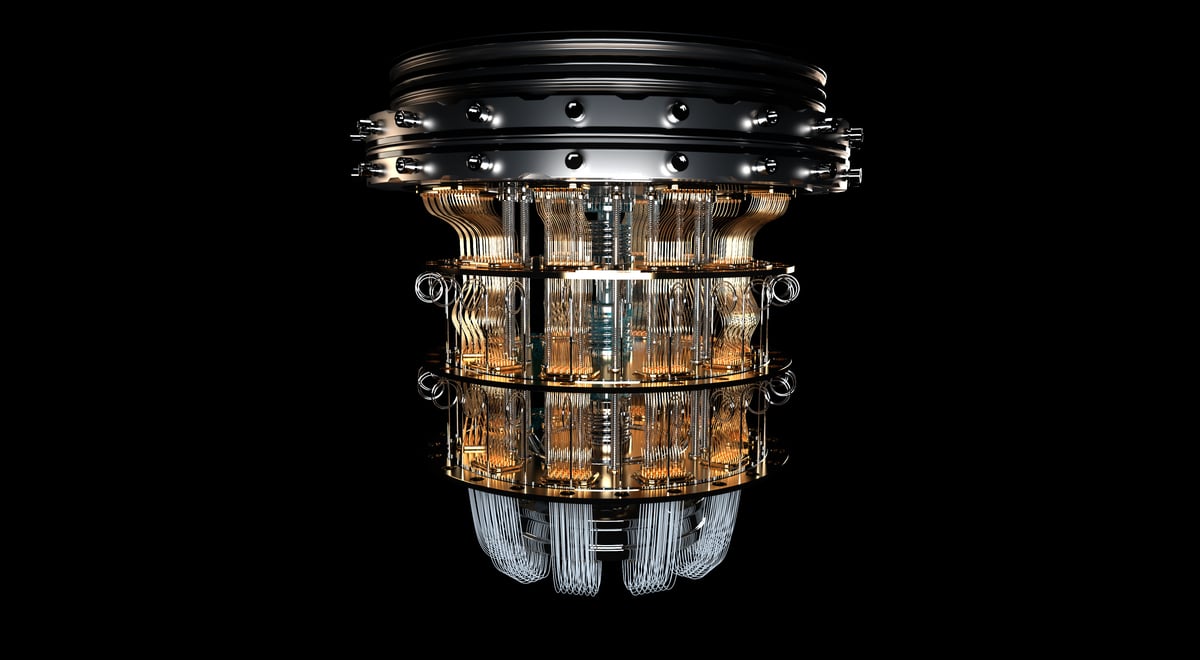GoPro (GPRO +1.08%) has just launched a massive 16-camera rig called Odyssey, which was co-designed with Google (GOOG 0.93%) (GOOGL 0.88%) to film virtual reality films. The $15,000 package includes 16 top-tier HERO4 Black cameras, the cylindrical Odyssey rig, connectivity mounts, memory cards, cables, and a case. The 16-camera specification was custom designed for Google's Jump VR video platform and its software "stitches" the separate videos into a single VR panorama.
Since the Odyssey is clearly a niche device for professional filmmakers, GoPro is only selling the device to people who apply through the website. The Odyssey shouldn't be confused with GoPro's own spherical VR filming rig, which will only require six cameras when it arrives. For that device, GoPro is expected to use the Kolor VR stitching app, which it acquired earlier this year.

GoPro's Odyssey (L) and Nokia's Ozo (R). Source: Company websites.
But GoPro isn't the only company making high-end VR cameras. In late July, Nokia (NOK +4.17%) unveiled Ozo, its own spherical 360-degree camera. Compared to the bulky Odyssey rig, the Ozo is an elegant eight-camera sphere that is roughly the size of a cantaloupe. The device then outputs the VR video in standard formats, which can be viewed in VR headsets like Facebook's (FB +0.59%) Oculus Rift. However, the Ozo is expected to cost in the "mid-five" figures when it's released, making it a much pricier choice than the Odyssey.
A $30 billion market opportunity
Research firm Digi-Capital expects the fledgling VR market to grow from nearly nothing today to $30 billion by 2020. Once companies like Facebook and Sony launch their VR headsets, the market is expected to expand as more VR games, apps, experiences, and movies arrive.
Today, mainstream consumers can get a taste of VR apps with Google Cardboard, a cleverly designed DIY kit that transforms a smartphone into a crude VR headset. The main Cardboard app has already been downloaded up to 5 million times from Google Play, which has encouraged developers to create their own VR apps. To spur mainstream interest in VR movies, Facebook's Oculus launched the Oculus Story Studio to produce VR films earlier this year. Several Hollywood studios, including Annapurna Pictures and 21st Century Fox, have also established dedicated units for creating VR experiences.
Considering how quickly interest has grown in the VR market, more studios will likely jump on the VR filmmaking bandwagon when Facebook's Oculus Rift, Sony's Project Morpheus, and other VR headsets reach the market. When that happens, demand for VR cameras could soar.

Google Cardboard. Source: Google.
GoPro isn't just for surfers anymore
GoPro is often considered a brand for surfing or extreme sports, but its action cameras have also been used to make films and TV shows. Helmet-mounted GoPro cameras were used to shoot the skydiving scenes in Captain Phillips. The unusual POV shots in Breaking Bad were also shot with GoPro cameras.
These examples indicate that GoPro has established roots in Hollywood, from which it can grow its fledgling VR filmmaking business. Google's recent addition of interactive VR films on YouTube and the Jump partnership could make GoPro the go-to brand for VR cameras as demand rises. Compared to GoPro, Nokia has much less experience in Hollywood. Nonetheless, Jaunt VR, a VR film studio that is also developing its own camera, has already signed up to produce content with the Ozo.
Why GoPro investors should care
GoPro's VR rig is a niche device, but it could dominate the fledgling VR camera market long before rival devices arrive. After all, GoPro's first-mover advantage in action cameras helped it claim over half of that market worldwide, according to IDC. Odyssey-produced content could also enhance the GoPro Network, the heart of its media expansion efforts, with impressive VR content.
More importantly, VR represents a way for GoPro to diversify its business beyond action cameras with new products and services. If its VR rig business steadily grows, it could complement the launches of its new flagship camera and consumer drones next year.










